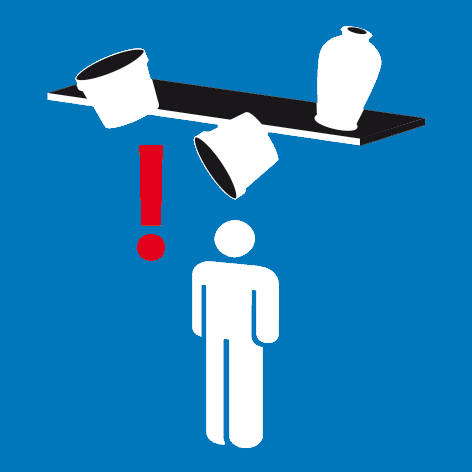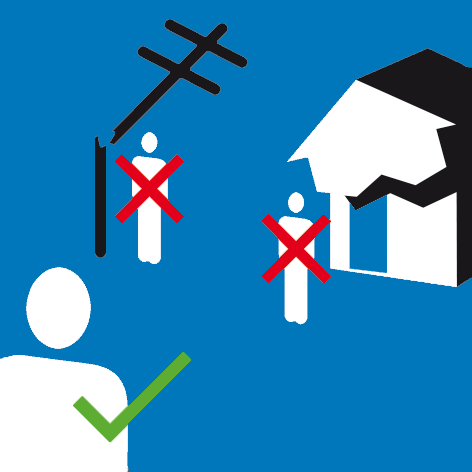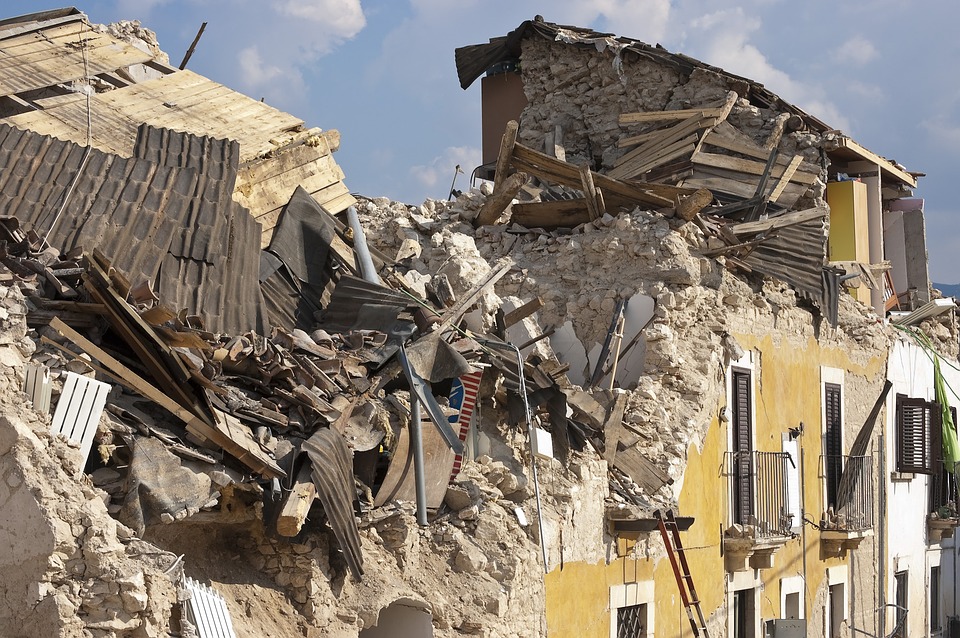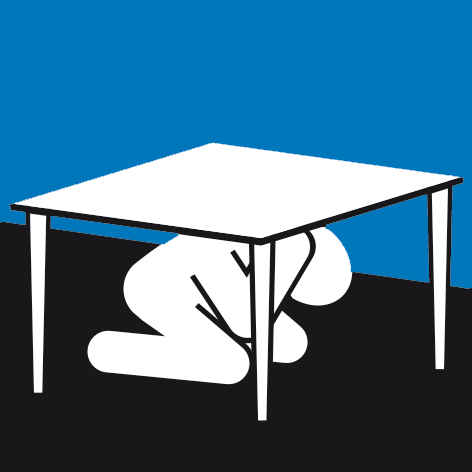It seemed like we were all taken by surprise when the earth shook a few days ago but actually earthquakes are quite common in Switzerland, The Swiss Seismological Service (SED) registers an average of two earthquakes a day in Switzerland and neighbouring countries, making a total of between 500 and 800 quakes a year. Usually, around 10 to 15 of these events are strong enough (i.e. have a magnitude of 2.5 or above) to be felt by the local population.
Compared to the rest of Europe, Switzerland as a whole is prone to a moderate seismic hazard. But earthquake activity is not distributed evenly throughout the country: Valais is the region at the highest hazard, followed by Basel, Grisons, the St. Gallen Rhine Valley, Central Switzerland and then the rest of Switzerland. All parts of Switzerland are exposed to some degree of seismic hazard.
The strongest historically documented earthquake in Switzerland, with a magnitude of approximately 6.6, occurred in Basel in 1356. A destructive earthquake with a magnitude of 6 or higher can be expected to occur every 50 to 150 years. The last time such an event took place was in 1946, near Sierre in the canton of Valais. Such an earthquake could occur anywhere at any time in Switzerland.
The strongest earthquake to hit Lucerne was in 1601, and 6.2 on the Richter scale. As well as destroying a lot of homes, churches and property, this earthquake also meant that the Reuss appeared to dry so that people could cross it by foot, before unleashing a Tsunami thrusting 4 metre high waves onto downtown Lucerne.
There is no guarantee that such a scenario couldn’t happen again, although according to seismologists the recurrence of this happening is between every 1000 to 3000 years.
Just in case here is what to do should you be caught in a strong earthquake:
Inside a building

- Beware of falling objects (e.g. shelves, heavy furniture, televisions and stereos, light fittings) and keep away from windows and glass walls, which may shatter.
- Only leave the building when the surrounding area is safe (when there are no more falling objects such as roof tiles, etc.).

- Stay outside, do not seek shelter in a building.
- Keep away from buildings, bridges, electricity pylons, large trees, and other things that could collapse or fall.
- Keep away from the shores of bodies of water.

- Stop the vehicle and do not leave it during the quake.
- Do not stop on bridges, in underpasses, or tunnels.
- Keep away from buildings at the side of the road (danger of collapse).
The information contained in this post was garnered from the Swiss Seismological Society of the ETH Zurich website.




